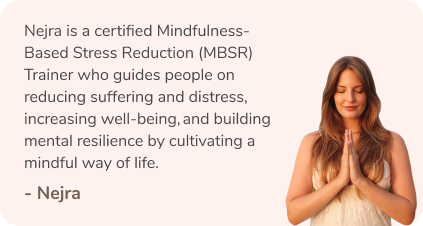Why are so many of us so accommodating, nice, and conflict-averse in daily life? Often what belies niceness in the face of hostility is fear – fear of conflict. Permitting others to be offensive or aggressive, however, gives the message that they are entitled to treat us this way. If someone is rude to you, you should not feel obligated to put up with it.
We need to learn when to speak up and when to stay silent. We should speak up if our silence could be damaging – emotionally or physically – to ourselves or to other people.
Trusting Your Gut
When faced with a threat of aggression or violence, we have an early warning system – our intuition. Instinct is innate. It is instinctive in us to recognise when to run from a perceived danger. This is known as the ‘fight or flight’ response. Unfortunately, such gut feelings can also be silenced and suppressed. A childhood experience of abusive or neglectful people can make it difficult to separate traumatic past experiences from gut intuition or instinct. And strong emotions, particularly negative ones, can cloud our intuition.
Initiating Boundaries
Initiating and upholding personal boundaries provides a way to show hostile people that we won’t tolerate their antics. If we habitually let people stand close and get personal or direct offensive comments at us or we put up with physical abuse, all this says to the aggressor is, ‘I will let you hurt me because I need to avoid conflict’. It won’t stop that person behaving aggressively. This is even more likely to happen if the aggressor lacks self-awareness or a conscience. It makes it important that you impose boundaries of communication and some safe distance between the aggressor and you.
Dealing With Hostility
Maintaining a respectful line of communication enables you to assert yourself, while amplifying the other person’s unreasonableness and hostility. Below is an approach you could consider taking, with some example responses.
What is going on?
Once you have paused for thought and listened to the other person’s rant, you may want to assert a boundary and ask what is going on to cause the evolving situation.
Identify the problem
This gives the person who is hostile or angry a chance to explain their view while giving you the chance to take stock of the situation.
Problem-solve
Show that you are willing to see this from the other person’s perspective. Without accepting blame, see if they will attempt to resolve the issue.
Amplify the other person’s unreasonableness
Reflect their unreasonableness and lack of willingness to resolve the problem. This can help in situations where there is an audience or bystanders, where you need help and witnesses.
Lay down the boundary
At some point, we have to stand up to aggressors to leave them in no doubt that their behaviour is unacceptable.
Finding peace among yourself could be the best thing you have ever done.
Read more: 5 Bad Habits And Practical Ways To Break Them
Like & Follow ThinkRight.me on Facebook, Instagram, and Telegram to stay connected.






























